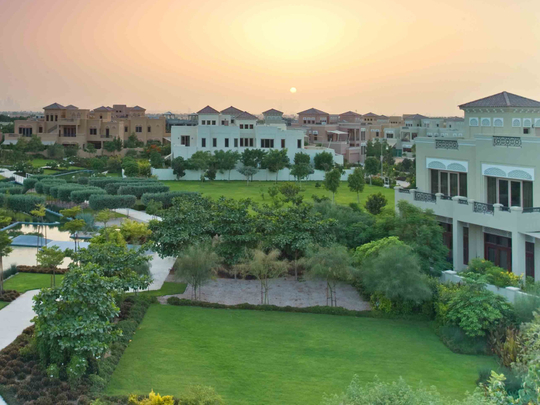
Progress and development often come at a cost to the environment. However, the idea of sustainability whereby companies consider economic development with due consideration of the local environment has been gaining increasing significance in the UAE. Sustainability is one of the principal themes of the World Expo 2020 and new green building legislation and sustainable policies have been introduced by the UAE federal government.
Sustainability in construction
The challenges to the natural environment today are immense as UAE faces the effect of rapid urbanisation and climate change. The demand for accommodation and office space for the increasing number of expatriates, combined with commercial, industrial, mining and oil-drilling activities, are taking a toll on the environment. The extreme dependence on natural gas and the growing demand for air-conditioning and desalination have made the UAE one of the largest carbon emitters worldwide. The construction industry is a major contributor to this environmental pollution and degradation. Hence, it is essential to reduce energy consumption and carbon dioxide emissions from buildings and to make the construction process environment friendly.
Green buildings
Also frequently referred to as sustainable buildings, eco-friendly buildings or environmentally friendly buildings are characterised by a set of practices, materials and technologies, which when appropriately incorporated in a construction project, contribute to making it environmentally friendly.
They are devised to diminish the overall impact of the built-up environment on human health and the natural environment by optimising energy efficiency, limiting water consumption and making maximum use of recycled and non-toxic materials. They also aim to generate as little waste as possible during construction and subsequent occupation.
Green specifications
The Dubai Municipality introduced its Green Buildings Specifications in 2011, which regulates the manner in which buildings are constructed. Starting in March 2014, the specifications became mandatory for all new buildings. These regulations strive to improve the performance of buildings in Dubai chiefly by ensuring that the way in which they are built improves consumption of resources, but not affecting the welfare of its inhabitants.
In practice this has implied, for instance, the use of solar reflective materials, the planting of indigenous species of plants and the provision of shaded areas outside buildings. Dubai’s Green Buildings Specifications urge all developers to build towards a greener tomorrow, safeguarding future generations and at the same time abstaining from negatively effecting an inhabitant’s health. These specifications address different facets of the green building’s design and are characterised in six main groups with each group internally consisting of further distinct standards:
• Envelope efficiency. The first group of criteria focuses on devices, materials and techniques that enhance the effectiveness of the building, such as shading mechanism, photo sensors, light-reflecting materials on the façade.
• Cooling systems. The second group emphasises more on the cooling systems of the building and how to make them more efficient by utilising under-floor cooling/heating systems and systems such as solar absorption cooling and district cooling.
• Energy efficiency. The third group centres on ensuring sustainability of energy consumption resources, energy water concept and reducing the negative environmental impact and exposure to high noise level and air pollution. This is done by selecting optimal sites for construction, which are closer to water supplies, power distribution networks and have links to good drainage systems, using industrial refrigerant that are non-ozone depleting, using low-voltage halogen lamps with reflectors and using motion lighting sensors to control electrical energy.
• Water use and efficiency. The fourth group aims to ensure sustainability of water resources by using highly efficient fixtures and sanitary apparatuses and water-wise plants.
• Indoor environmental quality. The fifth group focuses on making indoor spaces liveable by establishing efficient cooling equipment, ensuring large spaces have sufficient operable windows, optimising air change efficacy, using variety of ventilation techniques, decreasing emitting gases from finishing materials and reducing noise from outside.
• Site heat island. The sixth group emphasises on avoiding the heat island impact, which basically contributes to the rise in temperature in urban areas. This is done by installing reflective materials on roofs to keep surface temperature cooler.
Most of this is mandatory to ensure that building get the minimum rating from Al Safat green building rating system, implemented in September 2016.











